- You have no items in your shopping cart
- Subtotal: ₹0
Introduction
Japanese MINT (Mentha arvensis var piperascens) is an aromatic herb of temperate region. The oil and its principal aroma-compound menthol have cooling and gastro-stimulant properties, for which it is used in pharmaceuticals, food flavour, confectionery, cosmetics, beverages and related industries. In India, it is grown over around 50,000ha land. The area has grown enormously during the last 3 years in tarai districts of Uttar Pradesh, and Parts of Punjab and Haryana. Indian has emerged as a large exporter of its oil and menthol to world market, particulary to the USA.
Japanese mint is a vigorously growing branched, hardy perennial, attaining up to 1m height in rich fertile lands. The herb is covered with soft tomentum all over and bears broadly ovate leaves over terete, violet tinged quadrangular stems. It gives out long, narrow, axillary flowering spikes profusely, containing lilac flowers. Being of hybrid orgin, it rarely sets seed. The crop is commercially rasied through underground stems called stolons, though suckers given out in rainy season also easily give out roots on planting, producing new plants.
A number of improved varieties MAS 1, Hybrid 77, EC 41911, Kalka, Gomti, Himalaya and Kosi are grown, producing high oil yields. However, Shiwalik is most popular variety amoungst farmers, covering nearly total area in our country. It produces compact bushy growth with thick leathery leaves, producing high oil yield. The oil has high menthol content(75-85%). The newly bred culture, Kosi, Yield. The oil has high menthol content than Himalaya and Shiwalik.
Mints favour well-drained, deep, organic, sandy-loam to clay-loam soils of 6-7 pH with copious irrigation. Clayey soils, high pH(>8.50) and frosty locations are unsuitable. Since it is a shallow-feeder, high water table between 60 and 100cm with efficient drainage is favourable. It is a long day plant, grown as a long duration (240 days) annual crop, growing up to 1,000m elevation in subtropical north India. Annual fluctuation in temperature of 40°C and 0°C with sunshine alround the growing season is ideal; shade is undesirable.
The land is repeatedly ploughed and harrowed to make a fine seed bed, free of all perenniating weed roots. About 25-30 tonnes/ha of farmyard manure together with 25kg of BHC (10%) is applied at land preparation, Whereas NPK is added@ 40,60 and 40 Kg N, P and K/ha during planting time in February. Seed rate of 250kg/ha of fresh juicy stolons is enough. Planting is done when temperature is aroung 20°C. About 8-10 cm long stolons with 2-4 growing points should be planted, 1-2cm deep in furrows at 40cm x 10cm spacing. They should be dipped in 0.1% Agallol or Captan solution for 2 minutes. These sprout in 10 days. A day temperature of 20°C-25°C and light showers favour their rapid growth. Generally, 80kg of N is given in 2 doses. The first dose is given deep in rows 40 days after sprouting, while remaining after taking the first flush.
Zinc deficiency is common in Gangetic plains. Therefore, 20kg if ZnSO4 should be mixed in the soil at the time of land prepration. Usually, 3 weedings are given before each harvest. The expenditure can be reduced by using wheel hoes or bullock-driven hoes in between the rows in the first crop but high soil moisture makes it unworkable during rainy season. Pre-emergent application of Terbacil of Diuron at 2 Kg in 100 L of water or 2.5kg of Delapon or Gramoxone could be given in between rows evenly to control weeds. However, these are contact herbicides and farmers needs much more care in choosing efficient spray machine and its fine nozzle. The crop needs 6-9 irrigations during dry season and 2-3 after rains in late September till second harvesting is done.
Mint-maize-potato, mint-early paddy-potato and mint-late paddy-sweet pea are common crop rotation in Uttar Pradesh, whereas mint-maize-rapeseed or mustard or mint-paddy are popular in Punjab.
It is harvested at flowering on dry sunny days. The crop maturity is determined by distillation of crop sample in clevenger’s apparatus. If it gives is reached in 105-110 days of sprouting for first harvesting and 80-90 days after the first cut is taken for the second crop. The crop is cut 10cm above through sickle and left in the field for 4-6hr for wilting. It loses 50% of its moisture and then chopped into small pieces and distilled in a steam distillation unit. Harvesting on cloudy or rainy day decreases menthol content in its oil significantly. An average of 30 tonnes/ha of herbage yied in 2 cuts is takes in a year, producing 150kg of oil. Higher yields are obtained from a well-managed plantation. The oil, golden-yellow in colour, is a mobile liquid, contains 70-80% menthol. The oil is dried of adhering moisture and stored in aluminium or mild steel containers. Filled up to the brim and stored in a dry cool godown. Peppermint
Local names
Peppermint (Mentha piperita) is an allied mint crop with relatively long- stalked opposite lanceolate leaves. The plants are 50-80cm tall, bearing globular flowering spikies. Its bears purplish blossom in terminal spikes. The common black Mitcham variety (introducted) is vigorous growing hardy plant and prefers cool sub-temperate climate. Since growth and yield of peppermint is not very high in tarai track of Uttar Pradesh, it is not grown here in large areas. It is cultivated on a small scale in Punjab and parts of himachal Pradesh. The cultivation practices are similar to those of Japanese mint. It has lower oil content (0.25%), the average oil yield being 80kg/ha from a fertile land having well-managed plantation. The oil has 50-50% menthol, sweet in taste and of superior odour. It is mainly used in pharmaceutical preparations. It fetches much higher price than oil of Japanese mint. Spearmint
Spearmint(Mentha spicata) is another important mint. Its oil is rich in carvone (65%) content and emits caraway like odour. The oil is useful in dentrifice, confectionery and pharmaceutical products. It bears lanceolate stalkless, light green leaves and narrow, long, terminal flowering spikes with lilac flowers, attaining a heigh of up to 60cm. Two commercial varieties have been evolved in India. Of them, Punjab Spearmint is an erect growing with quadrangular purplr-green, hairy stem, production 20q/ha of fresh herb. It contains 0.57% oil, the oil yield being 120 litres/ha containing 68% carvone. The other variety MSS 5 is relatively vigorous in growth, yielding 250-300q/ha of fresh herb or 150kg of oil from commercial plantations. It is cultivated in smaller area in Punjab and foothills of Uttar Pradesh. It fetches higher price.
Bergamot mint Bergamot mint or lemon mint (Mentha citrate) is a glabrescent aromatic herb, robust in growth like Japanese Mint. It has similar broad ovate leaves but without a distinct inflorescence. The flowering vertices are borne in upper part of the stem in axil of leaves. The oil has an odour reminiscent of lavender oil due to its containing high linalool (45-50%) and linalyl acetate (45%) contents. The yield of herb and oil is similar to Japanese mint. A high-yeilding variety, Kiran, produces 150kg of oil/ha, containing 48% linalool. The Cultivation practices are similar to those of other mints. It grows well in subtropical, fertile plains of north India. About 50-60 tonnes of oil is produced in the country annually, fetching price akin to oil Japanese mint. The oil mainly used in perfumery industry.
| Choose the No.s of Plant | 1000, 5000, 10000 |
|---|


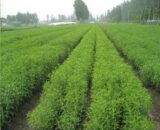
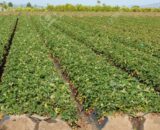
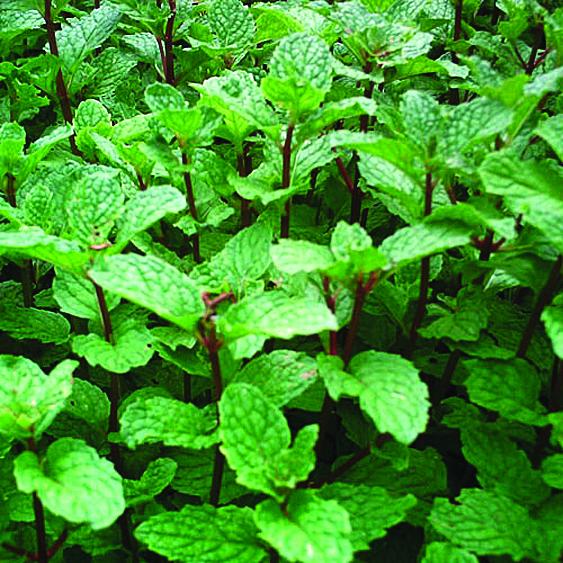
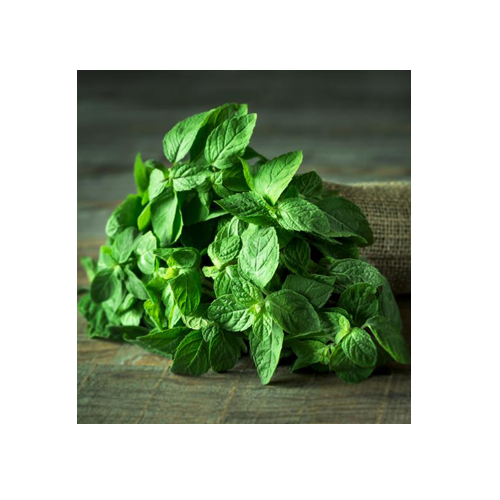
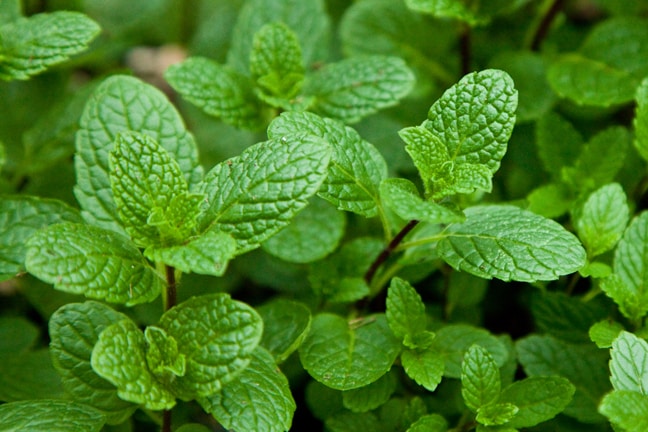

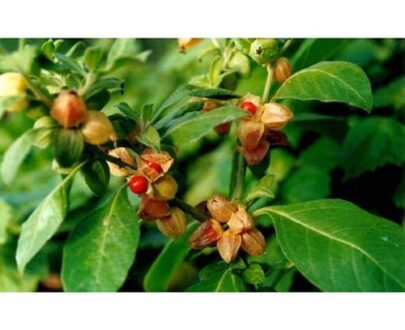
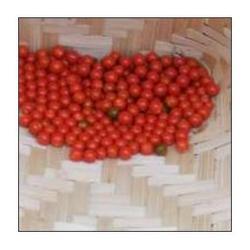
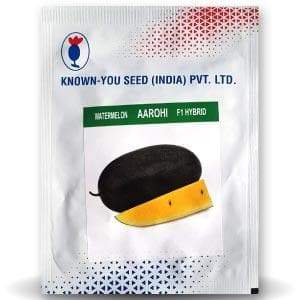
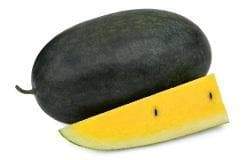

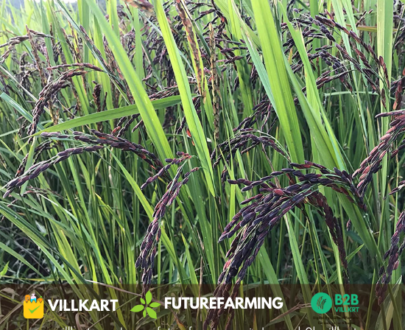
Customer reviews
Reviews
There are no reviews yet.
Write a customer review